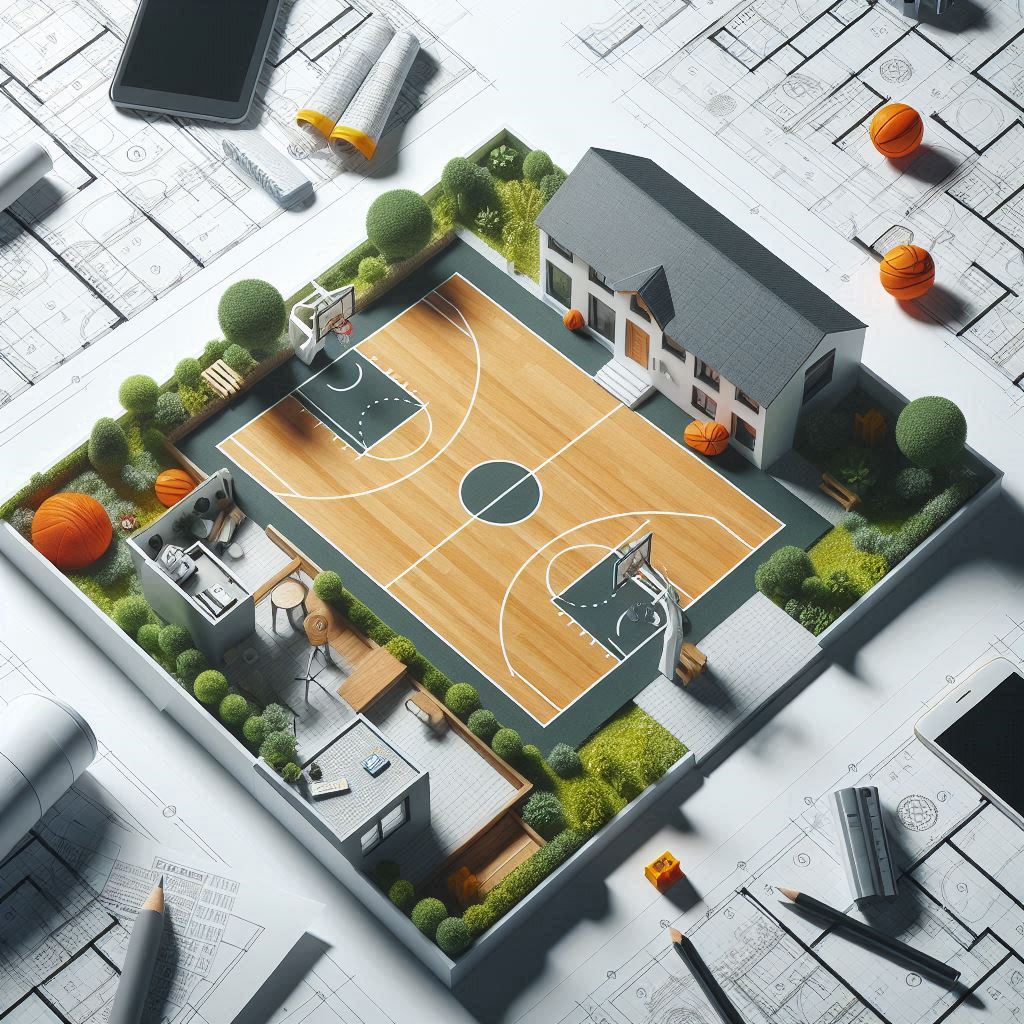Badminton is one of the most popular racquet sports worldwide, appreciated for its speed, agility, and precision. Whether you’re planning to build a court for a school, sports facility, or private space, understanding the standard size and installation process is crucial. A well-constructed court provides not only safety and comfort but also enhances the overall playing experience.
To start with, knowing the standard badminton court size is essential for correct layout and gameplay. According to international regulations set by the Badminton World Federation (BWF), a full-size badminton court measures 13.4 meters in length and 6.1 meters in width for doubles play. For singles matches, the width is reduced to 5.18 meters, although the length remains the same. The court is divided by a net set at a height of 1.55 meters at the edges and 1.524 meters at the center.
Markings on the court define service areas and boundaries. The service line for doubles is 0.76 meters from the back boundary line, while the short service line is placed 1.98 meters from the net. Properly marking these lines with anti-skid paint or durable tape ensures fairness in play and helps players practice accurately.
Once you’ve finalized the court dimensions and layout, the next step involves professional badminton court installations. This process begins with selecting an appropriate location—ideally a level and well-ventilated area with enough vertical clearance for high shots. Indoor courts require at least 7.5 meters of overhead clearance, free from obstructions like lights or fans.
Next comes the flooring. Depending on your needs and budget, options include wooden flooring, PVC vinyl surfaces, or synthetic polyurethane courts. Each has its own advantages. Wooden floors offer excellent shock absorption and a classic feel, while synthetic surfaces provide better grip and require less maintenance. Subfloor preparation is critical and must be smooth, level, and moisture-resistant to ensure durability.
Installation also includes setting up the net system and court lighting. Proper lighting is crucial for indoor courts, offering uniform brightness without shadows or glare. Adjustable poles and tension systems for nets ensure consistency during competitive matches.
Ventilation and temperature control are also important for maintaining surface quality and providing player comfort, especially in indoor setups. Once installed, the court must be regularly maintained—cleaning the surface, checking for wear and tear, and repainting lines when needed.

